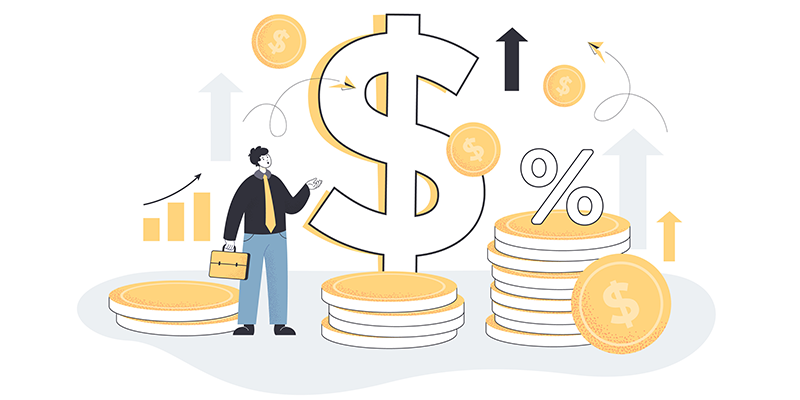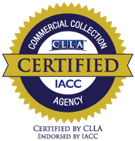 If your organization is facing slow cash flow, accounts receivable management may be the problem. Every invoice starts in accounts receivable so it's important to manage the procedures to reduce delinquent payments. Let's look at some efficient A/R practices to get you paid.
If your organization is facing slow cash flow, accounts receivable management may be the problem. Every invoice starts in accounts receivable so it's important to manage the procedures to reduce delinquent payments. Let's look at some efficient A/R practices to get you paid.
How does accounts receivable increase collections?
Improve Cash Flow Through A/R
The beginning of the B2B collections process starts when the incoming client is introduced to the accounts receivable team. Initially, the client may face a credit analysis by the credit manager to determine if they are trustworthy. Otherwise, they may simply receive the first invoice, per the agreement signed between the two companies. From that point, an efficient and well-managed accounts receivable process includes:
- Responsibilities of each defined department role
- When and how will clients be contacted during the A/R or collections process
- How to settle disputes when invoices are unpaid
- Goals or measurements to determine the effectiveness of accounts receivable collections
See also: Use an Accounts Receivable Collections Policy to Get Paid on Time
Debt Collections Starts in A/R
Documenting the accounts receivable process makes it more effective and cohesive. Writing it all down in an accounts receivable collection policy defines the roles, responsibilities, and steps to ensure that all of the bases are covered. It may not lead to every client paying on time, but it will certainly reduce the amount of late paying clients.
Download a free sample template for your own company A/R collections policy here:




